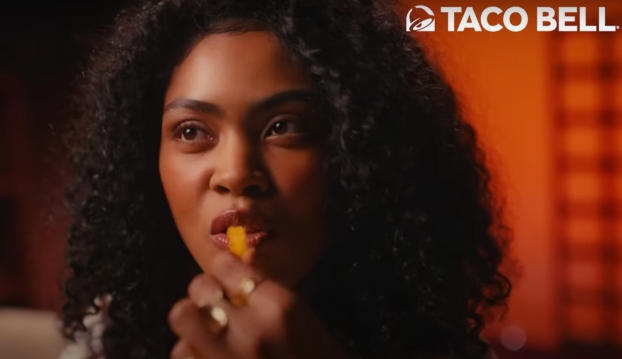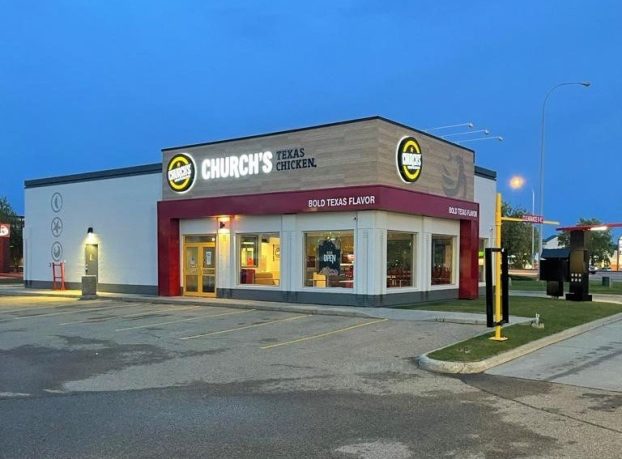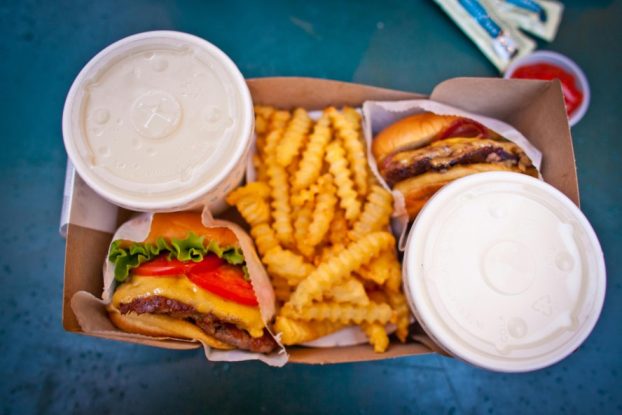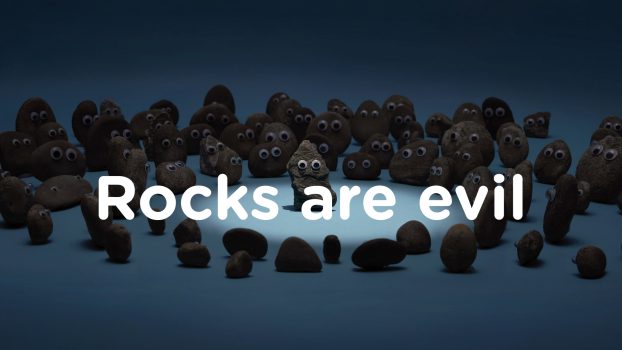By Sean Claessen
In the first two months of the lockdown, the average citizen was trying to figure out if COVID-19 was the start of the zombie apocalypse, or if we just had to keep calm and buy more TP. Now, as some restrictions start to lift and people are more adjusted to the new abnormal, the difference between then and now is night and day.
But I’m still really feeling this.
On just about every Zoom/Teams/Webex meeting, I make a crack about being trapped in my cave and how I can’t wait to get back on a plane and into the big, wide world, even if that means getting a brain-tickling nasal swab, my temperature checked and wearing a hazmat suit.
Recently, a virtual colleague staring back at me asked, “Why is that? What exactly is driving you to want to fly somewhere in the middle of a pandemic?!”
In truth, I didn’t really know. Going through airport security or living out of a suitcase were never my favourite activities. We went on with the call, but those questions stuck with me.
I thought back to a business trip in early 2019, when I was just another unsocially distanced customer standing in line at a San Francisco Jack-in-the-Box at 1 a.m., trying to decide between The Jumbo Jack and the Ultimate Cheeseburger. That’s when a Grubhub driver walked in and went straight to the counter for his order. He reached for his wallet and pulled out a Chase Sapphire credit card.
My curiosity was piqued.
Like many people in our industry, I’ve been paying close attention to digital delivery platforms. And as someone who works in the payments and loyalty space, I know that the Chase Sapphire is a heavy-hitter travel rewards card with a fairly high annual fee. So, as I watched the transaction unfold, I thought, “Why is Grubhub issuing Chase Sapphire credit cards to its delivery peeps?”
As the driver headed for the door, I had to ask him what the deal was with the Sapphire. He replied enthusiastically, saying that it was his favorite card, rattling off everything he loved about it.
“Wait, that’s your credit card, not the company’s?” I asked. He said yes, explaining the payment process and how Grubhub reimburses him (Grubhub has since rolled out Driver Cards for orders that require drivers to pay at the restaurant, and evolved its integration requirements).
Why did I find this so interesting? From a payments perspective, the same order got paid for twice. It looks like two different transactions in the grand scheme of the network, but that burger is just one burger. Double the purchase volume on the payment network generates interchange, which typically funds a decent part of loyalty programs.
For those in CRM and loyalty, the customer data trail underneath all of this is fascinating. The order number links two pieces of data: what’s in the customer’s basket and the establishment from which it was ordered. In this case, the key to that data was living with the delivery drivers, obfuscated from the issuer and network, so any actionable insights are closely held by the company.
Until that chance encounter, it had never dawned on me that this dynamic was playing out in the food-delivery category. Aggregation is happening in many categories, dressed a little differently in each. And nowhere was I going to find out this random, nuanced intricacy of a difference between Grubhub, Uber Eats and DoorDash unless I was out in the world observing and asking questions.
And that is why I am starved to get back on a plane.
At a time when we need to think bigger, and innovation is critical for businesses rebuilding, I believe we’re lacking key ingredients to make it happen: the happy accidents and serendipitous discoveries that my Grubhub interaction represents. As someone who is charged with innovation at Bond and is keenly interested in how human beings think, behave and create, I look for clues and listen for nuances throughout my travels around the globe.
Anyone can read about these happy accidents on Reddit, research and regurgitate the latest trends, have virtual calls with CMOs and find out how brands are doing one thing or another. But without traveling in unfamiliar places, dialoging in unfamiliar circles and turning over less obvious rocks, a huge part of the stimulus needed for generating new ideas is missing.
The online world was already becoming an echo chamber as algorithms delivered increasingly narrow content. And because of our quarantine-related social bubbles and cloistered work lives, lockdowns and restrictions on seemingly everything, the echo chambers are spilling into our offline lives. With the exchange of ideas limited to circles of our choosing, the environment feels infinitely more controlled, prescribed and deliberate. What we’re lacking are the random collisions of ideas, opinions, and curiosities that happen out in the real world. That’s what I personally miss, and also what I’m most worried about. That’s the air I crave.
In response to the pandemic, many businesses are “accelerating the roadmap” – a COVID-19 catchphrase that could be mistaken for innovation. Aside from immediate responses to new safety concerns and store closures/reopening, that actually means brands are just fine-tuning and speeding up strategies that were already in place.
That might be okay (not amazing), but it could mean there is an innovation chasm coming.
Financial stimulus packages are meant to return a feeling of normalcy to people. But with much of the mental stimulus cut off, I’m afraid that once businesses speed through their roadmaps with fewer happy accidents along the way, there could be an innovation famine at the end. Brands could be at risk for stagnation without a clear path forward. I can just imagine everyone looking around and asking, “What now?”
That’s not to say we should hop on a plane in search of insights that were at our fingertips just a few months ago (sigh). What we can do, though, is come out of our proverbial caves and find ways to kick-start innovation amidst our circumstances – not just wait it out until those circumstances don’t exist anymore.
I’ve come to view the pandemic lockdowns and restrictions as additional variables that we have to now problem-solve against, new constraints we have to accept. Our How-Might-We statements need to shift to new human needs. As the world feels smaller and more myopic, as soundbites oversimplify truly complex issues, we have to proactively expand our bubbles, proactively seek out different perspectives, and find the freedom we need to innovate.
It may not be a Grubhub moment, exactly, but the pursuit is full of possibility. And that’s what we’re all hungry for.
Sean Claessen is chief strategy officer at Bond Brand Loyalty.























